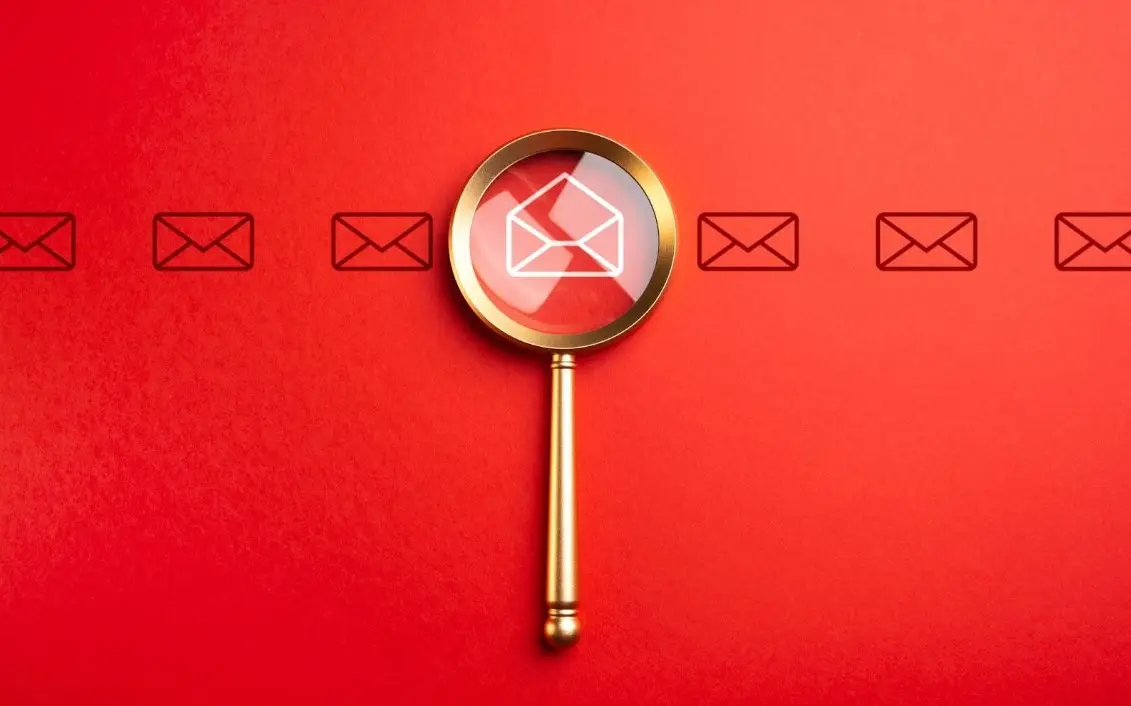Email outreach can make or break your business growth, but most companies struggle with tool selection. The wrong choice leads to poor deliverability, wasted time, and missed opportunities.
The email verification tools market, valued at USD 0.13 billion in 2024, is forecasted to increase to USD 0.14 billion in 2025 and surpass USD 0.27 billion by 2033, expanding at a CAGR of 8.6% from 2025 to 2033 during the forecast year.
This blog breaks down everything you need to know about selecting email outreach tools that deliver results and protect your sender reputation.
Understanding the Complete Email Outreach Tools Ecosystem
The world of email outreach isn’t just about hitting “send” anymore. Modern businesses need a complete ecosystem of tools working together seamlessly. Top email verification services form the foundation of any successful outreach strategy, ensuring your messages reach real inboxes instead of bouncing back.
Core Categories of Email Outreach Tools You Need
Email outreach software platforms serve as your command center, managing campaigns from start to finish. These tools handle everything from contact management to automated follow-ups. They’re different from basic email clients because they’re built specifically for outreach at scale.
Email marketing tools focus on broader campaign management and audience segmentation. While they overlap with outreach software, they typically handle larger lists and more general marketing communications rather than personalized outreach sequences.
Don’t forget about analytics platforms, CRM integrations, and automation tools. Each plays a crucial role in your overall success.
The Hidden Costs of Using the Wrong Email Outreach Tools
Poor tool choices damage your sender reputation faster than you’d think. When your emails consistently bounce or get marked as spam, internet service providers start blocking your domain entirely. Recovery from a damaged reputation can take months.
Time wasted becomes expensive quickly. If your tools don’t integrate well or require manual workarounds, your team spends hours on tasks that should be automated. That’s money down the drain.
Compliance risks are real. The wrong tools might not handle unsubscribes properly or maintain required records. Legal troubles cost far more than investing in proper tools upfront.
Now that we’ve established how critical proper tool selection is for your outreach success, let’s dive deep into the comprehensive ecosystem of available solutions and understand exactly what each category brings to your marketing arsenal.
Essential Email Verification Service Selection Criteria
Your email verification service acts as the first line of defense against bounces and reputation damage. Without clean lists, even the best outreach tools can’t save your campaigns from ending up in spam folders.
Top Email Verification Services Comparison Framework
Real-time verification catches bad emails before they damage your reputation. Batch verification works well for cleaning existing lists, but real-time protection prevents problems from starting. The best email verifier solutions offer both options.
Accuracy rates matter more than speed. A service that’s 95% accurate beats one that’s 99% fast but only 85% accurate. Look for providers that can verify syntax, domain validity, and actual mailbox existence.
Integration capabilities determine how well the service fits your workflow. Your verification tool should connect seamlessly with your CRM, email platform, and other tools you’re already using.
Best Email Verifier Features That Matter Most
Syntax validation catches malformed addresses, but that’s just the beginning. Domain verification ensures the email domain exists and accepts mail. Mailbox-level verification goes one step further, checking if the specific address is active.
Spam trap detection protects you from addresses specifically designed to catch spammers. Role account detection identifies generic addresses like info@ or sales@ that rarely convert well. These features prevent your carefully crafted messages from disappearing into digital black holes.
Bounce prediction algorithms use historical data to identify addresses likely to bounce in the future. This forward-thinking approach helps maintain your reputation over time.
With a clear understanding of the tool landscape and the costly consequences of poor choices, your first line of defense begins with ensuring your email lists are pristine, which brings us to the critical foundation of email verification services.
Advanced Email Marketing Tools Evaluation Matrix
Once you’ve secured clean, verified email lists that protect your sender reputation, selecting the right email marketing tools becomes your next priority. These platforms need to balance deliverability with engagement optimization.
Deliverability-First Tool Selection Approach
SMTP reputation management features help you monitor and maintain your sending reputation across different email providers. Some tools offer dedicated IP addresses or shared pools with good reputations to boost your deliverability rates.
IP warming capabilities gradually increase your sending volume to build trust with internet service providers. Domain authentication support ensures your emails pass SPF, DKIM, and DMARC checks that providers use to verify legitimate senders.
ISP relationship monitoring keeps track of how different email providers treat your messages. This data helps you adjust your strategy for better inbox placement across Gmail, Outlook, and other major providers.
AI-Powered Personalization and Automation Features
Machine learning algorithms analyze your audience’s behavior to optimize send times, subject lines, and content. These tools learn from your campaign data to improve performance automatically over time.
Behavioral trigger automation responds to subscriber actions in real-time. When someone opens an email but doesn’t click, the system can automatically send a follow-up with different messaging or offers.
Dynamic content personalization changes email content based on subscriber data, location, or past behavior. This goes beyond simple name insertion to create truly relevant messages for each recipient.
While deliverability and AI-powered personalization form the backbone of effective email outreach, the rapidly evolving digital landscape is introducing game-changing capabilities that forward-thinking marketers are already leveraging for competitive advantage.
Emerging Trends in Email Outreach Software Selection
Modern email outreach software goes beyond traditional email campaigns. Today’s platforms integrate multiple communication channels and prioritize privacy compliance from the ground up.
Multi-Channel Integration Capabilities
Social media prospecting integration connects your email outreach with LinkedIn, Twitter, and other platforms. You can research prospects across channels and coordinate touchpoints for maximum impact without switching between tools.
LinkedIn Sales Navigator connectivity lets you import prospects directly from LinkedIn searches into your email campaigns. This streamlines the process from social research to email outreach in one workflow.
Video email support is becoming standard as personalized video messages show higher engagement rates. Interactive content features let you embed polls, surveys, or booking calendars directly in emails.
Privacy-First and Compliance-Ready Solutions
First-party data utilization strategies help you build audiences using your customer data rather than relying on third-party sources. This approach becomes more important as privacy regulations tighten worldwide.
Cookie-less tracking implementations use server-side tracking and hashed data to measure performance without compromising subscriber privacy. GDPR-compliant consent management ensures you’re collecting and storing permissions properly.
Data residency options let you choose where your subscriber data is stored and processed. This matters for international businesses dealing with different privacy laws across regions.
Understanding these emerging trends is valuable, but translating them into a practical, budget-conscious tool stack that delivers measurable results requires a strategic approach to configuration and investment allocation.
FAQs
What features should I prioritize when selecting an email verification tool?
Focus on accuracy, real-time and batch verification, spam trap detection, and seamless integration with your existing outreach or CRM tools to ensure clean and deliverable lists.
How do email outreach platforms differ from basic email marketing tools?
Outreach platforms specialize in personalized, one-on-one communication sequences with automation and tracking, whereas email marketing tools are designed for bulk messaging and broader audience campaigns.
Why is integration capability crucial when building an email outreach stack?
Integration ensures your tools work together without manual data transfers, reducing errors, improving efficiency, and enabling real-time updates across CRMs, analytics platforms, and marketing automation systems.
Final Thoughts
Choosing the right email outreach tools is essential for protecting your sender reputation, improving deliverability, and driving real results. By investing in a well-integrated stack—starting with reliable email verification and followed by powerful outreach and automation tools you set your campaigns up for consistent success.
Remember, it’s not about having the most tools, but the right combination that aligns with your goals. With a smart, strategic approach, your email outreach can become a dependable growth engine for your business.
Also Read-PedroVazPaulo Business Consulting: Empowering Businesses for Long-Term Success




